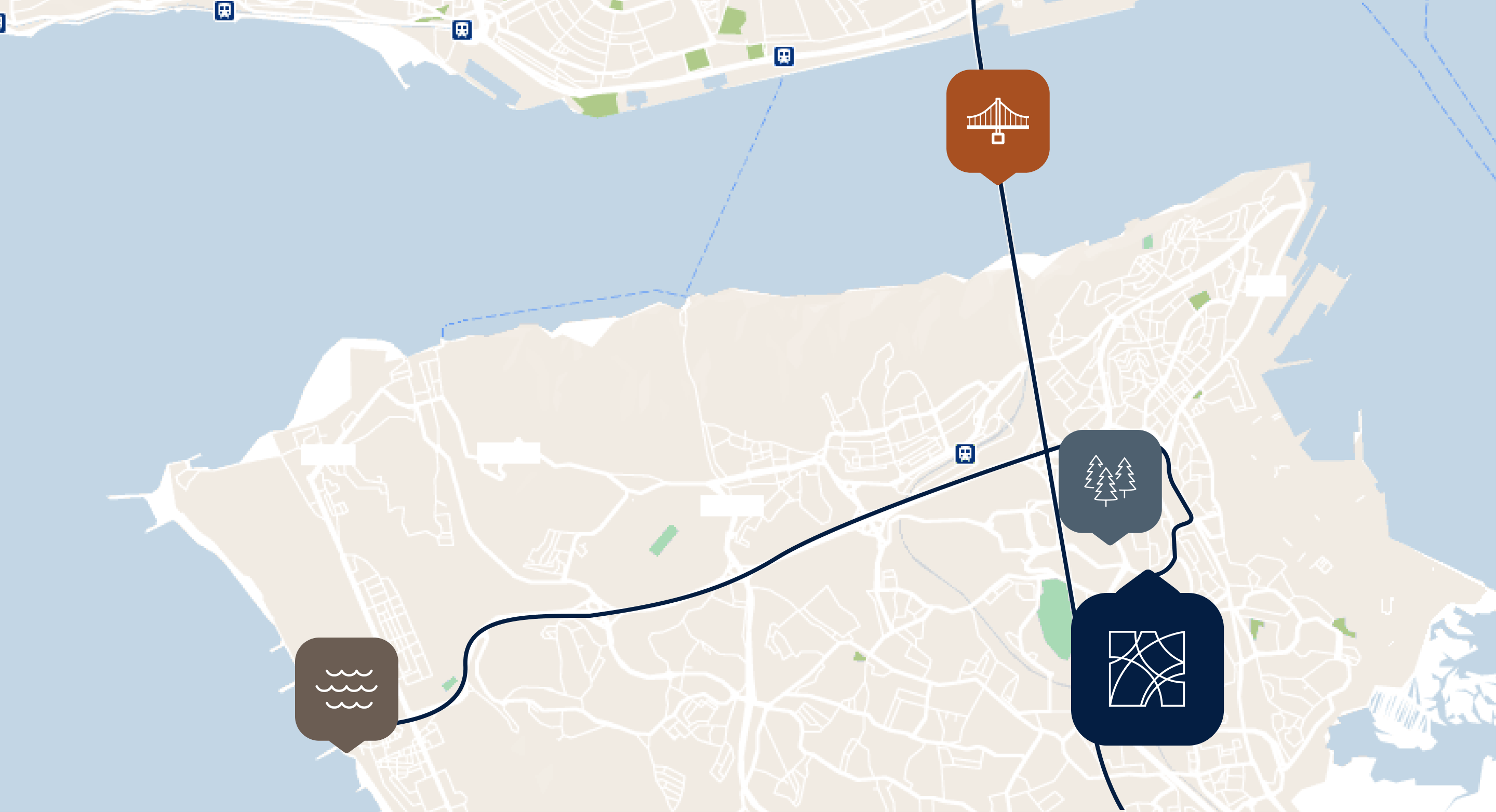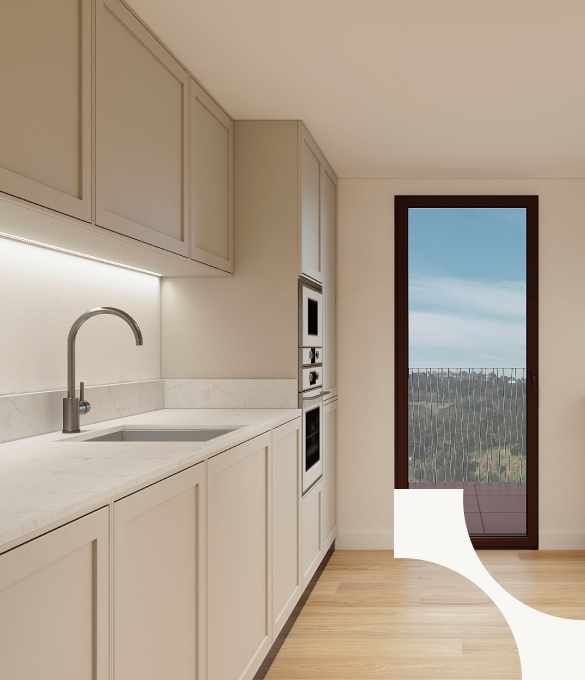LOCATION
Located in Almada, a vibrant city full of history.
Known for its white sandy beaches, such as Costa da Caparica beach, and its cultural heritage, such as Cristo Rei and Almada Castle. The city offers a diverse range of restaurants, bars, and shops, as well as a lively nightlife. With excellent road and public transport access, Almada is an ideal place to live or visit, offering the best of both worlds: the tranquility of coastal life and the proximity of city bustle. Come and discover Almada and let yourself be enchanted by its beauty and charm.
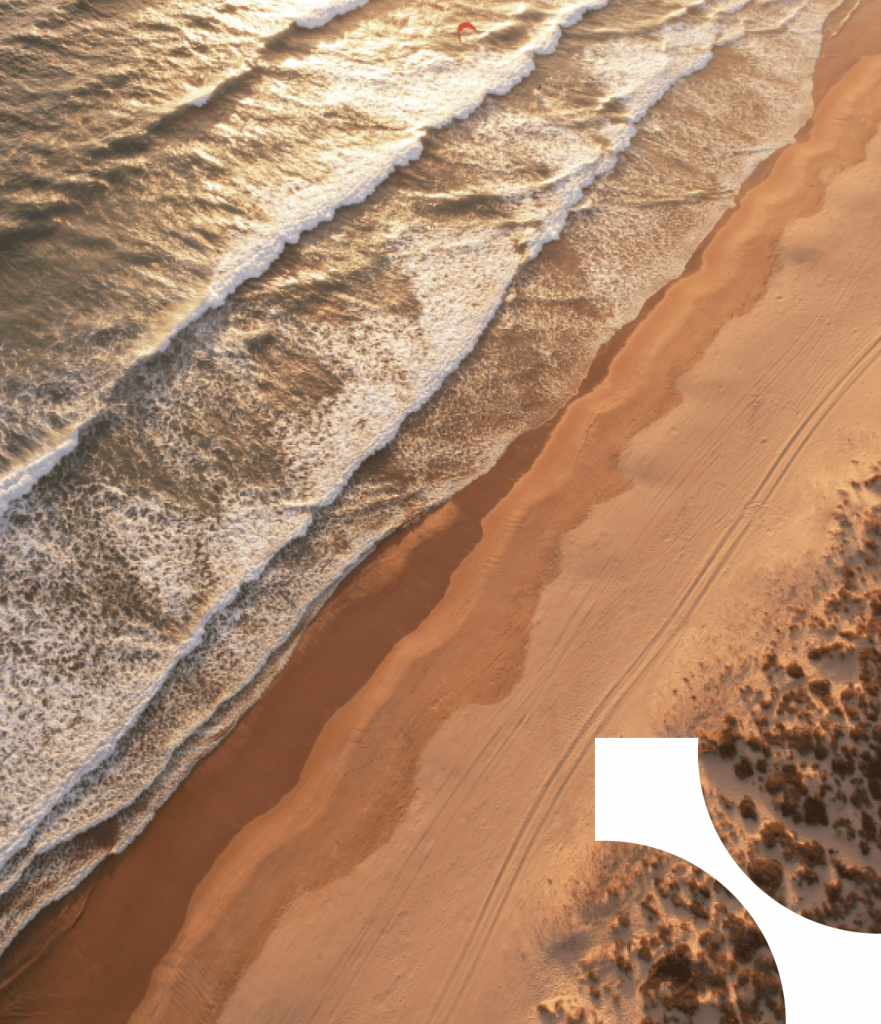
GALLERY
Sorrounded by wonders
01
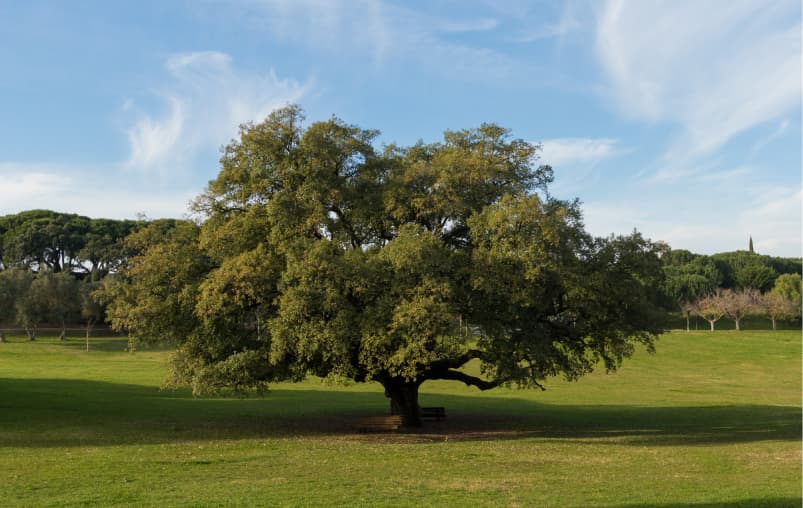
Parque da Paz
A pulsating oasis with a fauna and flora of great beauty, Parque da Paz with its 50 hectares of extensive lawns, paths and lake, translates into a leisure space that appeals to stillness of the senses.
02
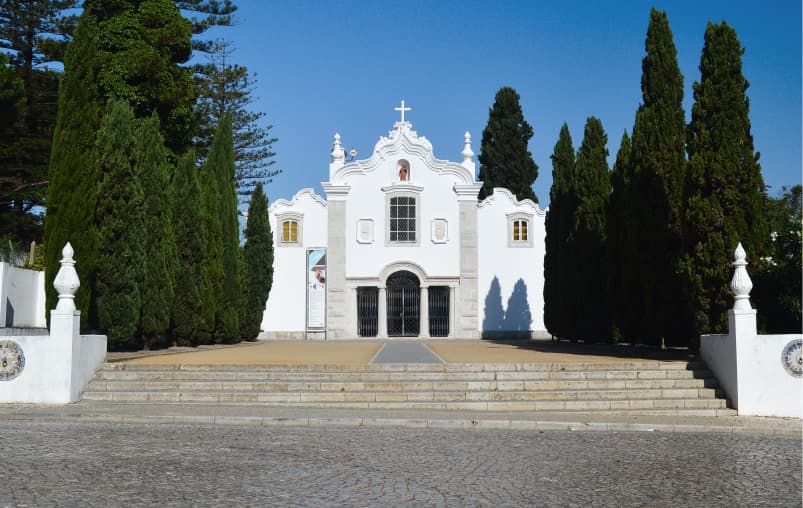
Convento dos Capuchos
Built in the 16th century, the Convent of Capuchos is an architecturally unique testament that reflects the principles of the Franciscan friars for whom this place of worship was constructed. Restored in the mid-20th century, it retains its gracefulness and tranquility, conducive to meditation and the solitude sought by its early inhabitants.
03
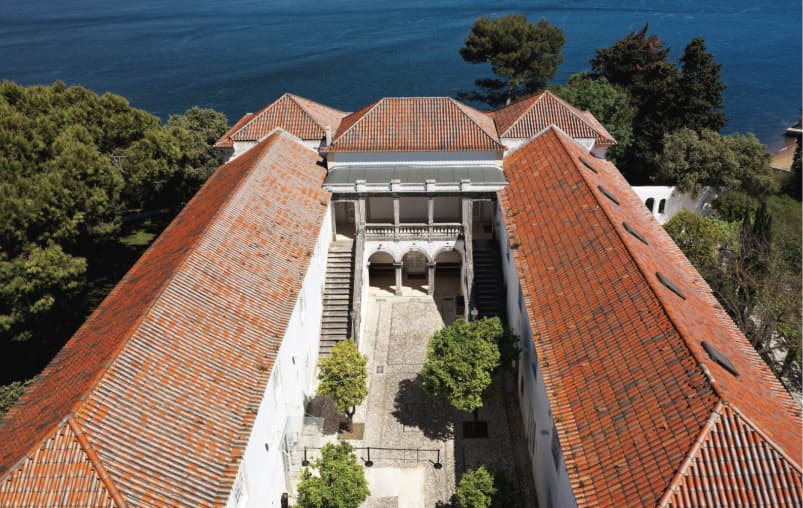
Casa da Cerca
Built between the late 17th and early 18th centu- ries, Casa da Cerca is located in the historic area of Almada, enjoying a privileged position with one of the most striking views of the city of Lisbon and the Tagus River.
04
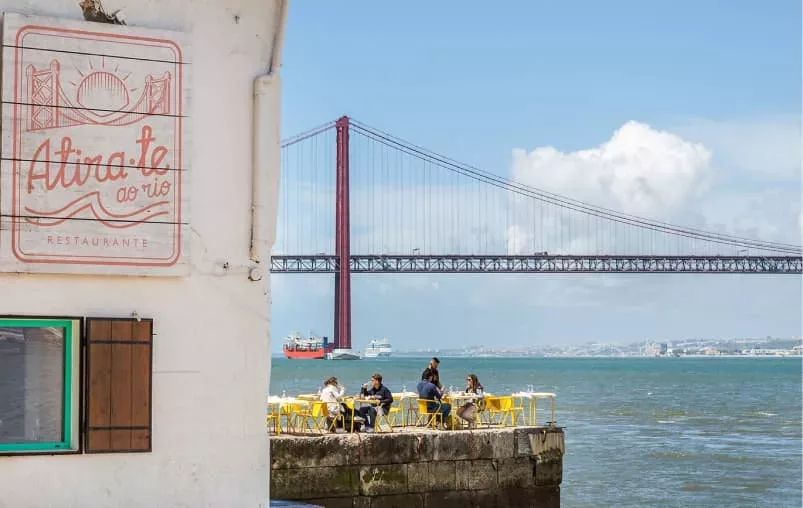
Restaurants
In Almada, the dining experience is focused on the river, the sea, and the Atlantic. With breathtaking views of Lisbon, the restaurants in Almada sti- mulate all the senses, emphasizing the origin and freshness of the ingredients and their preparation, in a commitment to showcasing the best of the region.
05
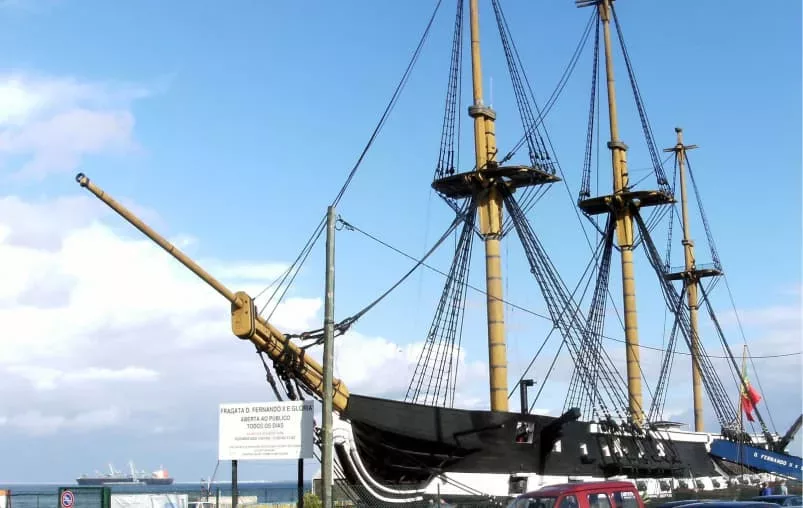
Fragata D. Fernando II e Glória
Docked at Largo Alfredo Diniz in Cacilhas, the Frigate D. Fernando II and Glória is a museum ship that showcases life aboard a 19th-century frigate. Launched on October 22, 1843, it is considered the 4th oldest war frigate in the world, having ser- ved numerous missions until 1940.
